Russia has just transferred 3,000 Kamikaze Mikrob combat UAVs integrated with artificial intelligence (AI) to forces participating in the military campaign in Ukraine.
Russia has just transferred 3,000 Kamikaze Mikrob drones integrated with artificial intelligence (AI) to the forces participating in the military campaign in Ukraine, according to TASS. This type of aircraft is capable of automatically tracking targets even while moving, thanks to integrated AI, after being locked by the operator.
Alexander Gryaznov, Mikrob's developer, claims that the high-speed design, overload capacity and modularity of the device allow it to adapt to various conditions. A group can operate up to 40 of them, achieving combat effectiveness that far exceeds the cost of production.
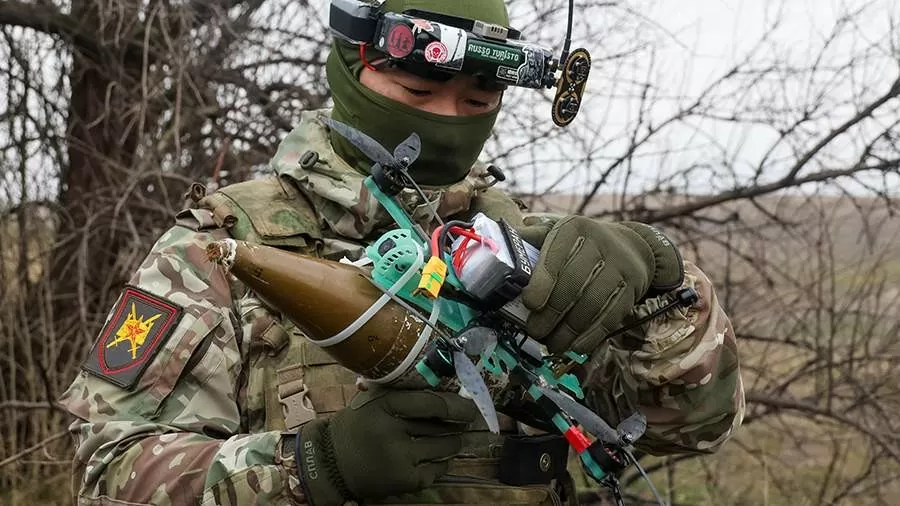 |
| Russia has just transferred 3,000 Kamikaze Mikrob drones integrated with artificial intelligence (AI) to the forces participating in the military campaign in Ukraine. Photo: TASS/Alexander Polegenko |
According to developer Alexander Gryaznov, this drone can independently escort, after the operator has captured the target, regardless of how the target maneuvers.
Not only Russia, the West is also increasing the development of drones. Typically, the US Switchblade 600, a product of AeroVironment, stands out for its ability to attack armored targets with precision. Phoenix Ghost, another US drone line, is designed to operate autonomously under minimal surveillance conditions, raising concerns about ethics and responsibility for use. Meanwhile, Europe is developing the Schiebel Camcopter S-100 with a focus on intelligence gathering and flexibility in attack when necessary, although it is not as fully automated as Mikrob or Switchblade.
Along with the advantages in combat, the development of these drones also comes with risks, especially in terms of control and accountability. Minimizing human intervention while optimizing combat effectiveness raises questions about transparency in deployment. Typically, in 2020, Turkey's KARGU-2 drones attacked Libyan forces without human orders, marking the first time AI made a completely autonomous lethal decision, according to a United Nations report.
However, despite the risks, the deployment of autonomous drones like the KARGU-2 and a large number of similar devices on the battlefield in Ukraine has shown great potential in modern warfare. With more than 3,000 AI drones in use by Russia, the effectiveness of this technology brings significant advantages. They are capable of conducting real-time reconnaissance, transmitting data from the battlefield to the command center, helping to optimize decision making. In addition, the ability to automatically track and attack targets helps to minimize risks for soldiers on the ground.
AI drones are also highly regarded for their maneuverability, making them difficult to shoot down by the enemy thanks to the use of complex algorithms and adaptive strategies. Their ability to operate day and night, in all weather conditions, as well as their modularity in design, make them effective tools for a variety of battlefield missions. Furthermore, these devices can operate in “swarms”, conducting coordinated attacks and synchronous surveillance, improving the ability to destroy targets quickly.
In addition to their tactical role, drones also have propaganda value. Footage from successful attacks allows Russia to showcase its military might and technological advances, greatly influencing domestic and international public opinion.
However, the use of autonomous drones is not without risks, especially the risk of misidentifying targets, leading to civilian casualties or provoking conflict escalation. The KARGU-2 incident has highlighted the urgent need to develop an international framework for monitoring and regulating military AI, balancing the tactical benefits and potential risks.
Source: https://congthuong.vn/nga-tich-hop-tri-tue-nhan-tao-vao-3000-uav-chien-dau-370877.html













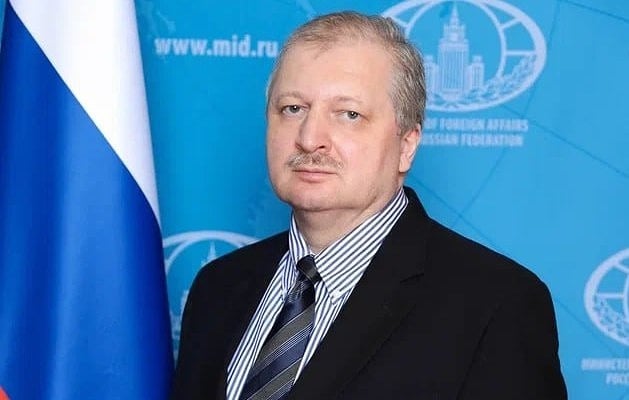







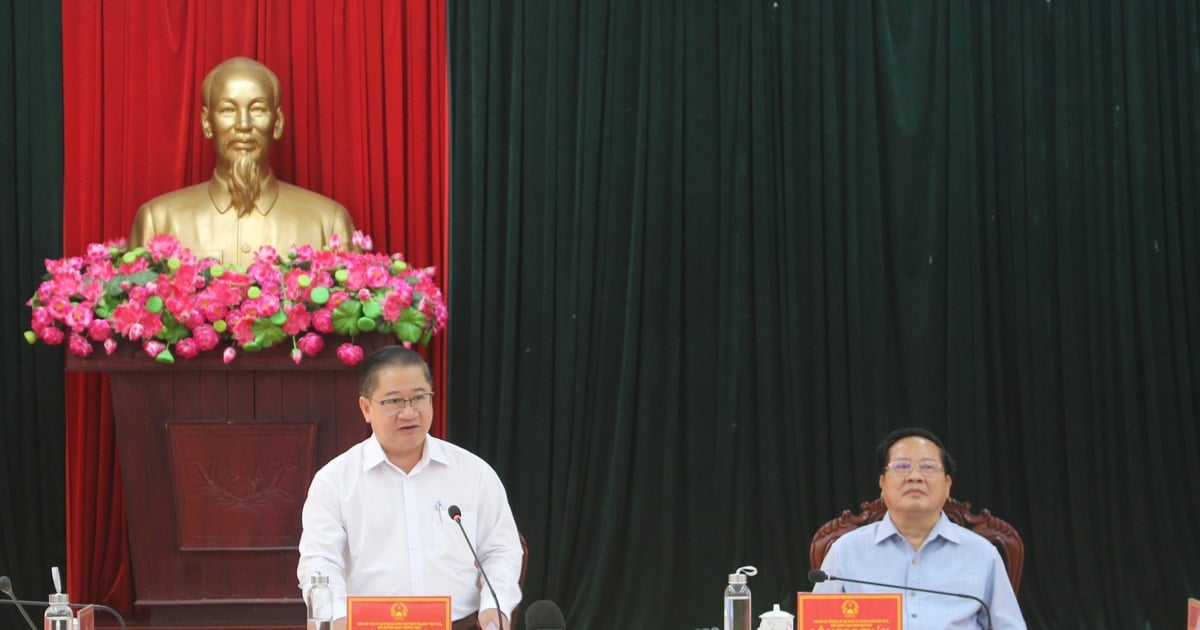










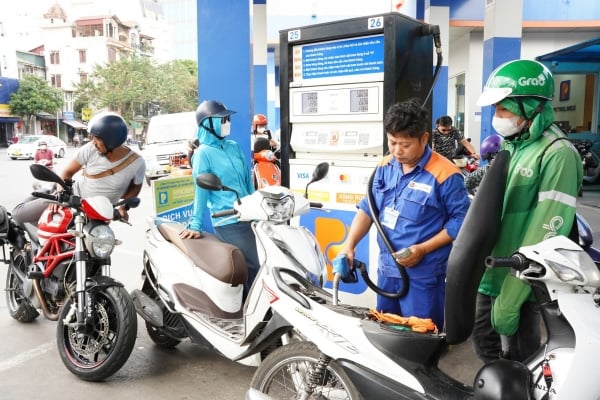


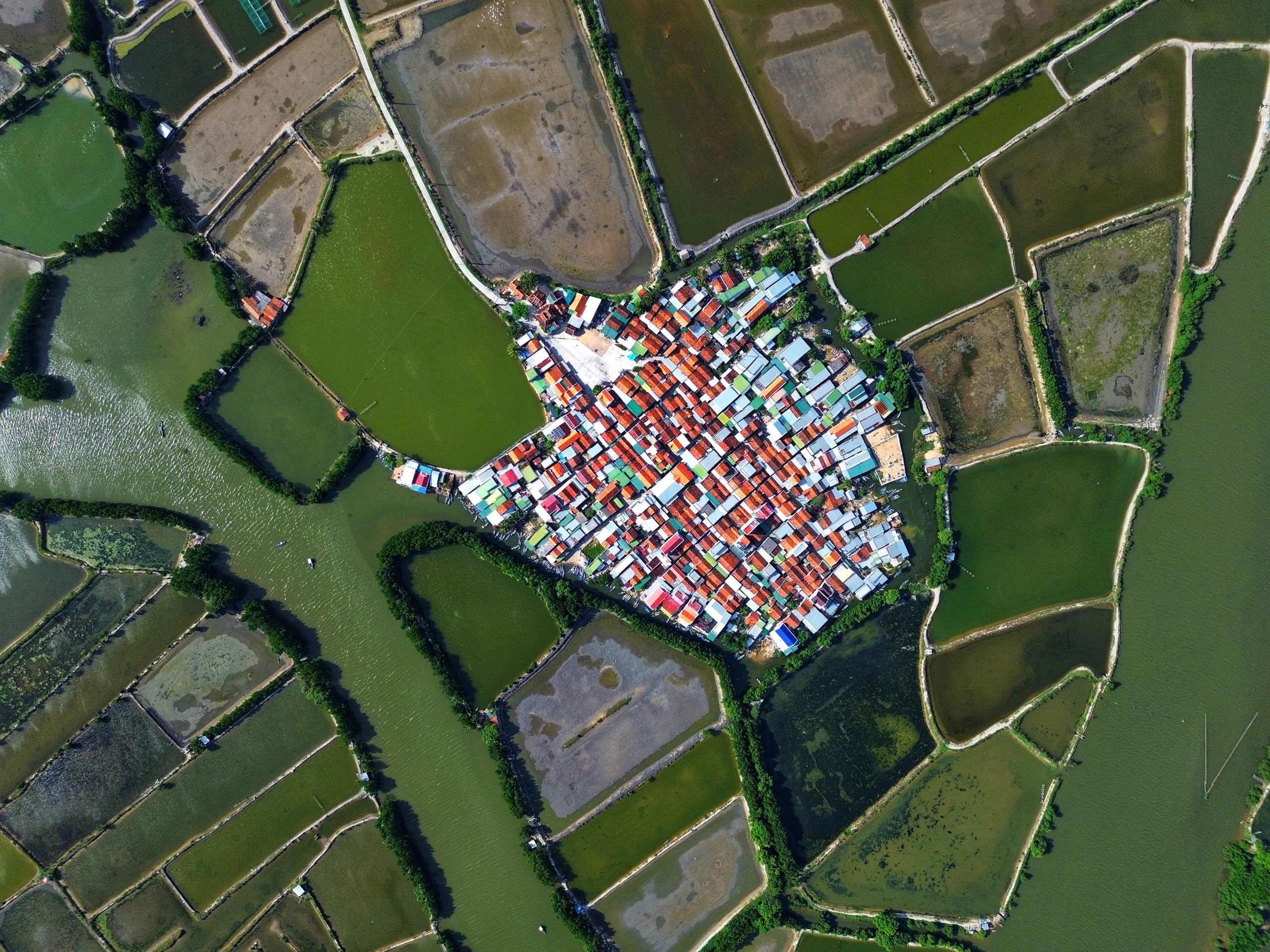



















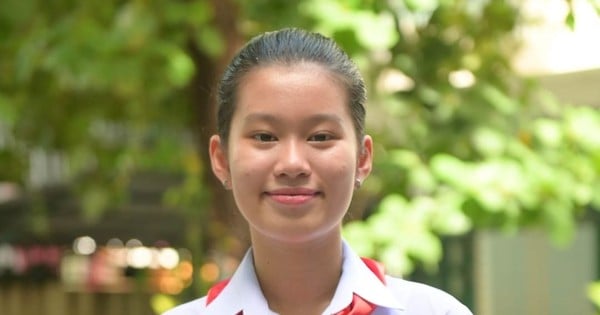









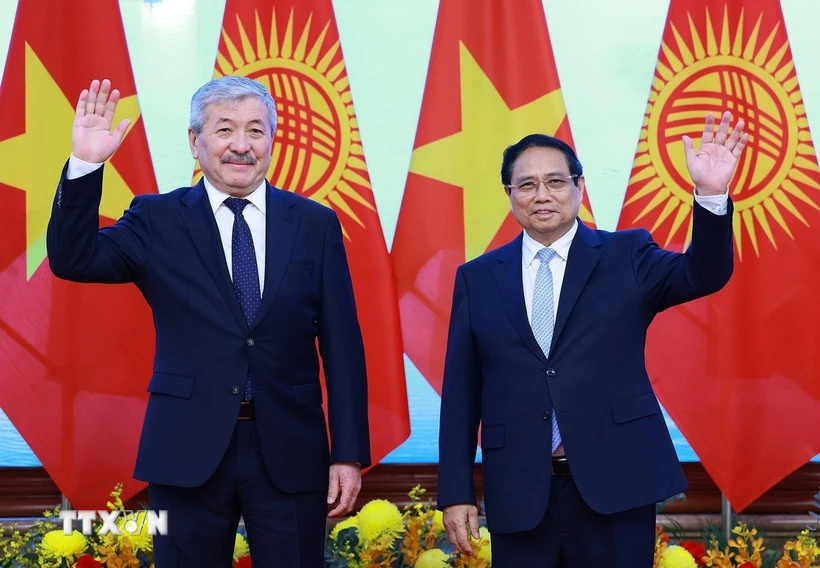


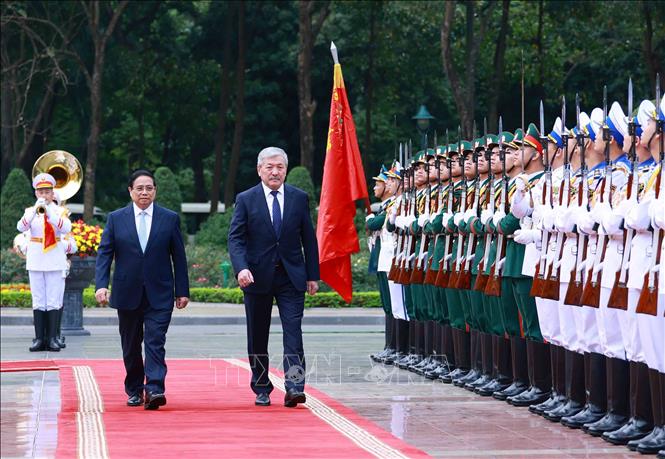

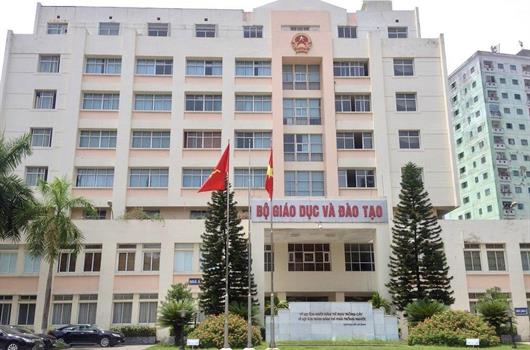























Comment (0)